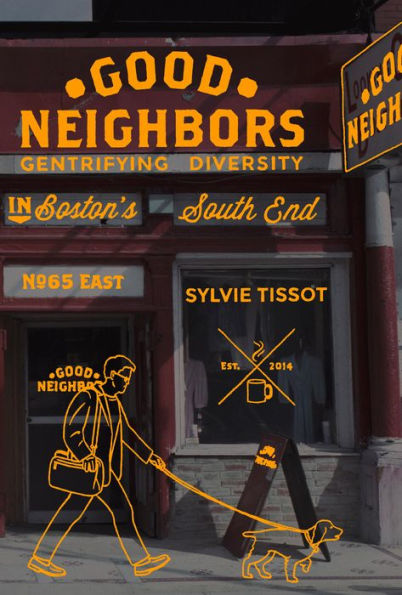5
1

Good Neighbors: Gentrifying Diversity in Boston's South End
288
Good Neighbors: Gentrifying Diversity in Boston's South End
288Related collections and offers
9.99
In Stock

Product Details
| ISBN-13: | 9781781689493 |
|---|---|
| Publisher: | Verso Books |
| Publication date: | 09/15/2015 |
| Sold by: | Penguin Random House Publisher Services |
| Format: | eBook |
| Pages: | 288 |
| Sales rank: | 803,517 |
| File size: | 1 MB |
About the Author
From the B&N Reads Blog
